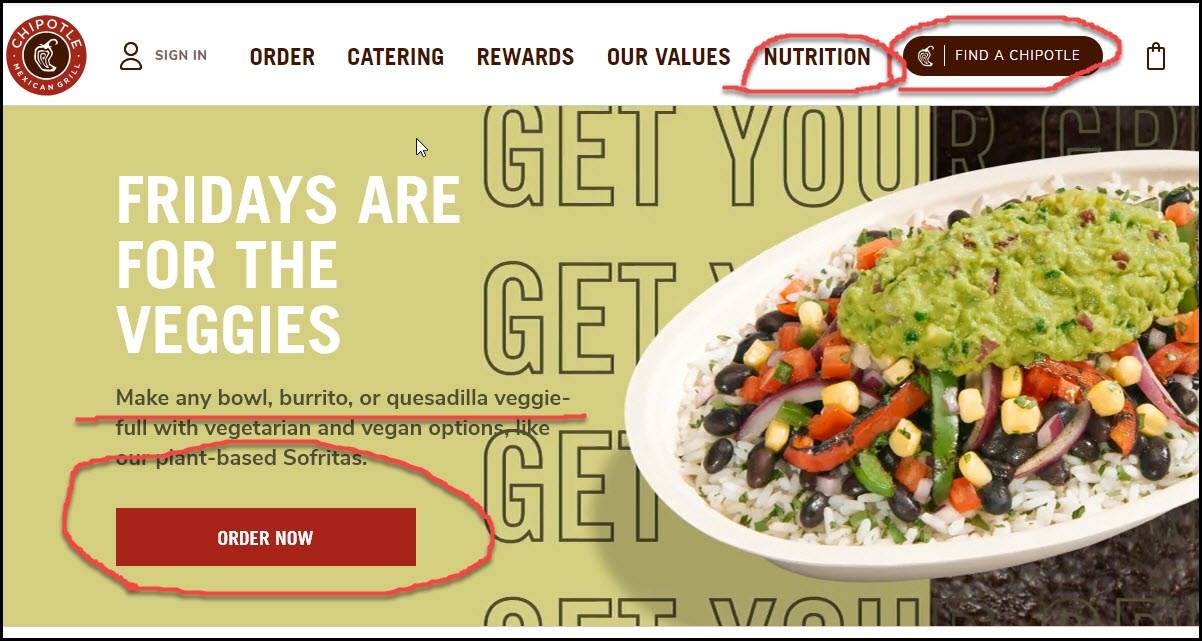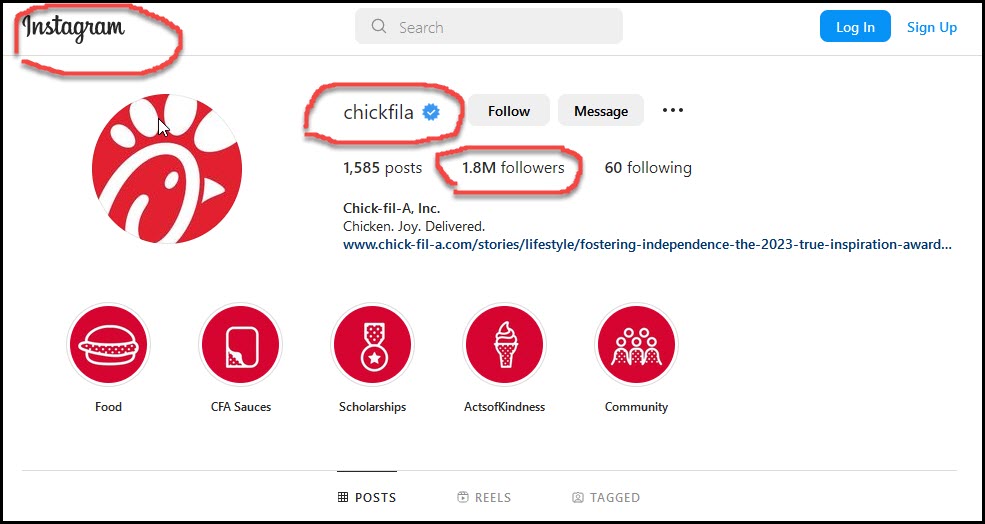How Do Food Companies Advertise Their Products? (6 tasty ways)
As a multi-billion-dollar industry (soon to be trillion-dollar!), the food sector has seen millions of food companies position themselves for the […]
Read More »Become a successful marketing consultant: Learn more

If you want to know the best strategies for marketing your food business, you have found the right article.
After being in the food marketing business for decades, I have organized four, simple, but highly effective strategies you can use starting today to market your food business.
What are the best strategies for marketing my food business?
By creating a strong brand identity, focusing on customer experience, utilizing social media, and using local marketing, you can ensure that your food business stands out from the competition.
The food industry is a highly competitive market, with hundreds of thousands of restaurants, cafes, food trucks, and convenience stores vying for consumer interest.
And that is just in the local market. Combine the local food market with the endless eCommerce options and there is a vast amount of food businesses competing for the same customer’s dollars.
As we get into the details, here are some excellent articles that will help you lay a super solid food marketing foundation:
How to Sell Food Online (7 Steps)
15 Advertising Tricks to Sell Food Online (+examples)
How do you promote local food? (9 easy ways)
Local Marketing Ideas for Small Business (+amazing examples)
Let’s get started and market your food business.
As a business owner in this space, it is important to understand and implement effective marketing strategies to ensure that your food business stands out from the competition.
Brand identity is the public face of your business, and it includes elements such as logo design, advertising, and social media presence.
The goal is to create a strong and recognizable brand that resonates with customers.
For example, McDonald’s is one of the most recognizable brands in the world, and their logo, advertising campaigns, and Happy Meal toys are all part of their brand identity.
The quality of the food, the speed of service, and the overall customer experience can all impact how customers view your restaurant.
For example, Chipotle is known for its focus on fresh ingredients, quick service, and an overall positive customer experience.
They also offer customizable options for each customer, which further enhances the customer experience.

With the rise of social media platforms like Facebook, Instagram, and Twitter, businesses can reach a much wider audience than ever before. You can use these platforms to promote your products, offer discounts, and engage with customers. For example,
Chick-fil-A has almost 2 million followers on Instagram, and they use the platform to post pictures of their food, share behind-the-scenes info, and engage with customers.
Local marketing can include print ads in community newspapers or flyers, radio or television commercials, or even sponsoring local events. In addition, many local businesses also offer discounts to customers who use their services, which can help boost business.
For example, Papa John’s offers discounts to customers who order online, and they also frequently partner with local sports teams for promotional events.
These are just a few examples of effective marketing strategies for food businesses.
By creating a strong brand identity, focusing on customer experience, utilizing social media, and using local marketing, you can ensure that your food business stands out from the competition.
For more great resources on how to market your food business, go here:
When it comes to marketing your food business, there are many platforms that you can use. The most popular platforms are social media, such as Facebook, Twitter, Instagram, and YouTube. These platforms are great for boosting visibility and engagement with your target audience.
Additionally, you should consider using other digital marketing strategies, such as email marketing, content marketing, and search engine optimization (SEO). You can also use print marketing, such as flyers, postcards, and brochures.
Finally, you should consider using traditional marketing methods, such as radio, television, and print ads. By utilizing a combination of these platforms, you can effectively reach your target audience and promote your food business.
Once you have identified your target audience, you can reach them effectively with the right marketing strategies.
Social media platforms are a great way to engage with your target audience, as they provide an opportunity to interact directly with them.
Additionally, email marketing is an effective way to reach your target audience and build relationships with them. You can also use content marketing to create valuable content that resonates with your target audience.
Additionally, search engine optimization (SEO) can help your website rank higher in search engine results, which can help you reach a larger audience.
Finally, traditional marketing methods, such as radio, television, and print ads, can be used to reach a larger audience.
Measuring the success of your marketing efforts is essential in order to ensure that you are achieving the desired results.
One way to measure the success of your marketing efforts is to track key performance indicators (KPIs).
These indicators can include things like website traffic, social media engagement, and sales. Additionally, you should track the conversion rate of your campaigns to ensure that you are driving the desired results.
You can also use A/B testing to compare different strategies and determine which one is more effective. Additionally, surveys and customer feedback can provide valuable insight into how your target audience perceives your brand and marketing messages.
Finally, you should consider using analytics tools to track the success of your campaigns and measure ROI.
For an excellent article on Key Performance Indicators (KPIs) in marketing, go here: